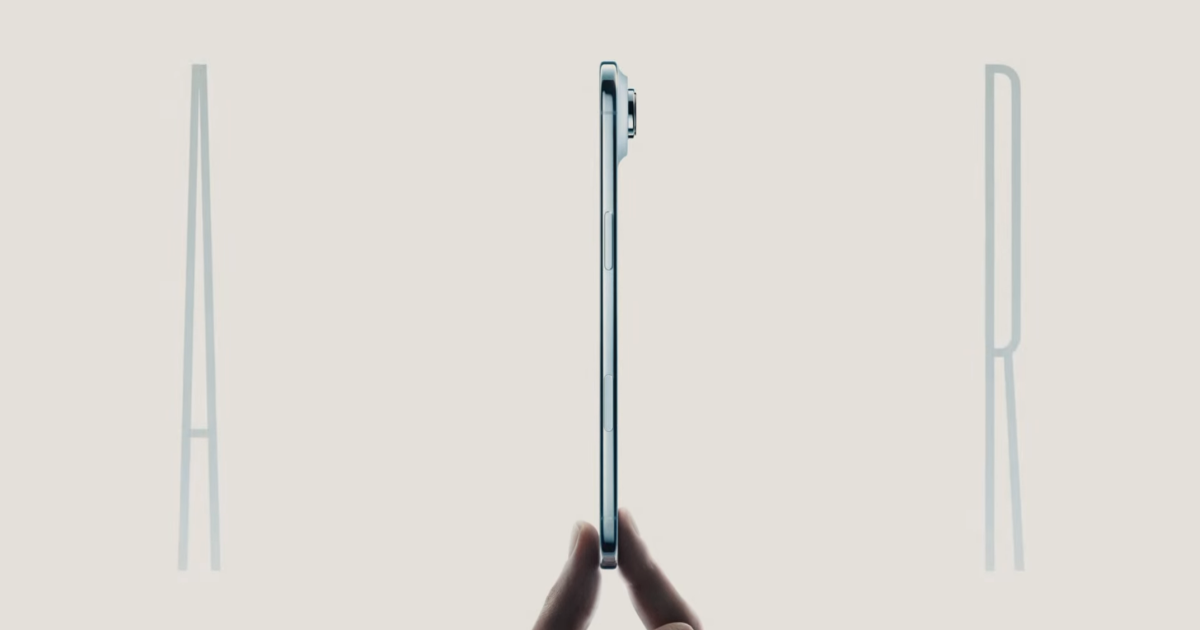Copyright Interesting Engineering

A robot has just collapsed the Atlantic Ocean into a blink, bringing remote stroke treatment closer to reality than ever before. Hours after Dundee’s Professor Iris Grunwald performed the world’s first remote thrombectomy on a human cadaver, another milestone followed. Her successful test proved that a blocked vessel in the brain could be cleared without the specialist standing anywhere near the patient. The breakthrough relied on a robotic system built by Lithuanian MedTech company Sentante. Using the device from a remote site at Ninewells Hospital’s School of Medicine, Professor Grunwald demonstrated that endovascular stroke care can be delivered at a distance with real surgical precision. Then came the moment that shifted the field: Ricardo Hanel, MD, PhD, working with Grunwald, performed the world’s first transatlantic thrombectomy on a human cadaveric model at Dundee’s Image Guided Therapy Research Facility (IGTRF) from Baptist Medical Center in Jacksonville, Florida. Long-distance precision rises The Sentante platform uses standard guidewires and catheters linked to a sensory system that captures the surgeon’s hand movements. A bedside robot mirrors those actions in real time. Unlike joystick-based surgical robots, the system sends authentic force feedback straight into the surgeon’s fingertips, replicating the subtle resistance felt in manual surgery. A trained professional only needs to provide arterial access before a remote neurointerventionist takes over. “As a neurointerventionist, it is remarkable to feel the same fine control and resistance through a robotic interface as during a live procedure,” said Grunwald. “Sentante’s technology truly bridges the gap between operator and patient, no matter the distance.” Each year, around 15 million people suffer a stroke. In the UK, the socioeconomic burden is estimated at £26 billion annually. Thrombectomy is the gold-standard treatment for major vessel blockages, but access remains scarce. In Scotland, only 212 thrombectomies were performed in 2024, just 2.2% of ischemic stroke patients. A key limiting factor is the shortage of interventional neuroradiologists. For many patients, long journeys to the nearest specialist centre cost them crucial brain tissue. “By the time patients reach a specialist centre, there’s often no brain left to save,” Grunwald said. “Every six minutes delay in receiving treatment equates to a 1% lesser chance of a good outcome.” Robotics close the gap “For example, here in Dundee we’re covering the north of Scotland – so a patient coming from Inverness or one of the islands would have a long distance to travel,” she added. Robotic systems like Sentante could let experts treat patients remotely instead of transporting them across vast regions. Dr Hanel said, “Tele neurointervention will allow us to decrease the gap and further our reach to provide one of the most impactful procedures in humankind – the thrombectomy. To operate from the US to Scotland with a 120 millisecond (blink of an eye) lag is truly remarkable.” Dundee’s IGTRF, the global training centre for the World Federation for Interventional Stroke Treatment, provides a realistic environment through its perfused whole-body human stroke model. Sentante co-founder and CEO Edvardas Satkauskas said, “For an ischaemic stroke, the difference between walking out of the hospital and a lifetime of disability can be just two to three hours. With Sentante, the specialist comes to the patient over a secure network and performs the entire procedure remotely.” Sentante’s platform is advancing through regulatory pathways, with the FDA granting Breakthrough Device Designation for its stroke system.



